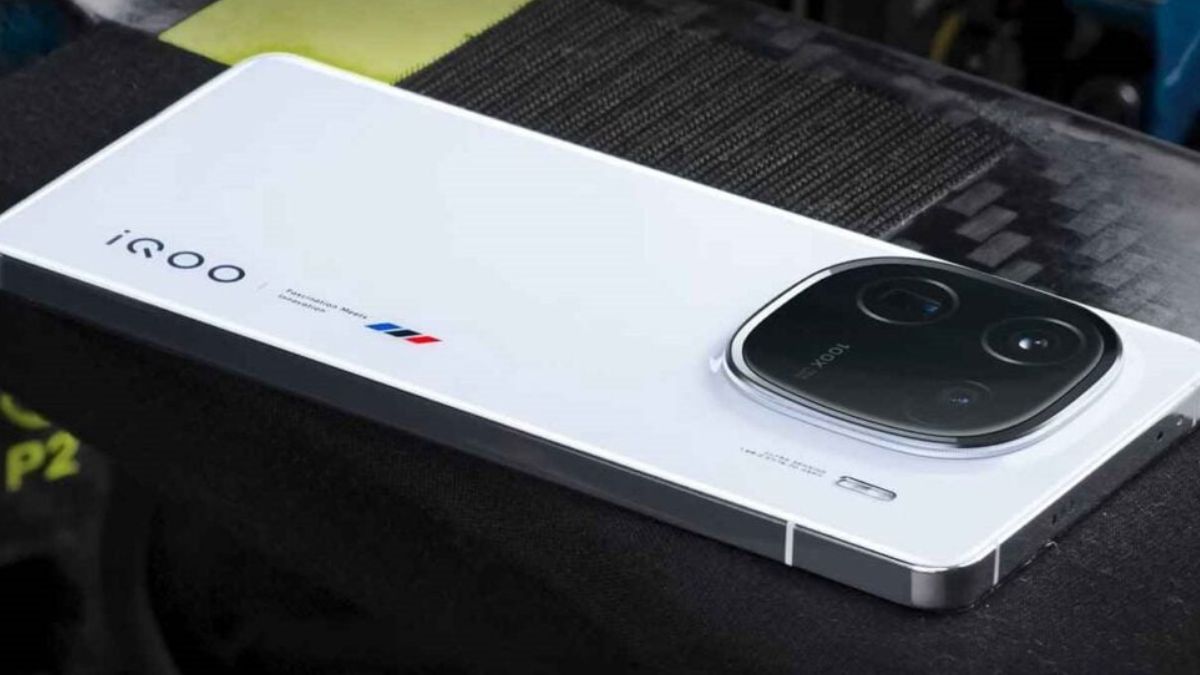What is the oximeter, what is it for, how it is used and what are the reference values and why it is useful to have one in case of Covid-19 infection
The oximeter is an instrument that, until a few months ago, few people knew. Unfortunately, however, the health emergency from Covid-19 has brought this small device to everyone’s attention. Let’s see together what it is exactly, when and to whom it is needed, how it is used, and what are the correct values to keep as a reference.
What’s this
The oximeter (also called pulse oximeter or oximeter) is a small “tweezers” to be applied to the finger that is used to measure and monitor the level of oxygenation of the blood.
If, when we breathe, we introduce a certain amount of oxygen into the body through the lungs, in fact, in the presence of certain conditions, such as during an asthmatic or allergic episode rather than in people with chronic obstructive pulmonary disease (COPD), chronic bronchitis or During pneumonia, oxygen levels in the body can drop. The oximeter instantly reveals the presence and extent of any deficiency.
The function of the oximeter is therefore to monitor the percentage of oxygen circulating in the blood: oxygen, in fact, reaches the organs, from the heart to the brain, traveling through the circulatory system, linked to the hemoglobin present in red blood cells.
How it is made, where to buy it and how much it costs
The oximeter (or pulse oximeter) is a small clothespin-shaped instrument, equipped with a probe, two diodes (which emit beams of light that pass through the skin and circulation, detecting the percentages of hemoglobin bound to oxygen and of hemoglobin not linked), and a small screen on which the measured values appear. This conformation allows it to adhere perfectly to the fingers (or to the earlobe) and to detect both oxygenation and heart rate.
The oximeter has a cost that varies according to the specifications of the models and is now available almost everywhere: it can in fact be purchased in pharmacies, para pharmacies, medical and technological stores, online, and even in supermarkets equipped with departments dedicated to small appliances…
Although some models of wrist pedometers on the market have an additional function referred to as an “oximeter”, the medical-scientific community considers reliable oximeters only specific instruments intended for this single use (which use the finger and not the wrist as a base of the survey).
The Food and Drug Administration (FDA) has in fact pointed out that these pedometers cannot be considered true pulse oximeters. Therefore, if there is a need to monitor saturation, it is necessary to purchase a specific instrument.

How to use
The oximeter is used when there is a need to monitor the percentage of oxygen in the blood, such as in the case of chronic diseases, breathing difficulties (dyspnea), asthma, bronchitis, pneumonia, sleep apnea.
Following the health emergency caused by the new coronavirus SARS-CoV-2, the Technical Scientific Committee of the National Center for Disease Prevention and Control has recommended having a family pulse oximeter, so as to be able to regularly measure the blood oxygen level in those at home facing Covid-19 infection.
It should be noted, however, that even if the oximeter is a simple tool to use, it is always good to use it on medical advice and under the control (albeit at a distance) of the caregiver. “Active surveillance” by an expert is therefore strongly recommended.
The oximeter can be used both on the finger, by simply inserting it inside (the clip shape makes it remain stationary in the correct position), and on the earlobe. However, the “finger” measurement is the most common and the most used both at home and in healthcare facilities.
There are some precautions that are best followed when it becomes necessary to use an oximeter. Specifically, it is advisable:
- avoid using it on very long and enamel nails, especially in the gel version, factors that could alter the results;
- “Warm-up” your finger before proceeding with the measurement, for example by rubbing your hands well together.
The value to be taken into consideration once the measurement has been made is the highest. If in doubt, it is always advisable to repeat the measurement on other fingers as well.
Reference values
The oximeter, therefore, signals saturation or the level of oxygen in the blood expressed as a percentage. If there is a need to monitor the saturation by yourself with an oximeter, the values of the survey must always be communicated to a doctor, so as to have a correct interpretation of the results.
The values we obtain from the oximeter are indicated as SpO2 and under normal conditions range from 97% upwards (in the presence of some chronic or acute pathologies they can be considered as “normal” by the doctor – and only by the doctor – even values with a lower threshold ).
Values below 95% are instead a sign of an abnormal decrease in oxygen (hypoxemia), the degree of seriousness of which varies according to the percentage range of reference. Specifically, hypoxemia can be:
- mild, when the values are between 91% and 94%;
- moderate, when the values are between 86% and 90%;
- severe, when values are 85% or less
In the presence of dyspnea (shortness of breath) and/or saturation values below 90%, it is advisable to immediately call your doctor, the emergency medical service, 112 or, in the presence of high fever, cough, and respiratory symptoms, the dedicated health emergency number, different according to the area of residence.



